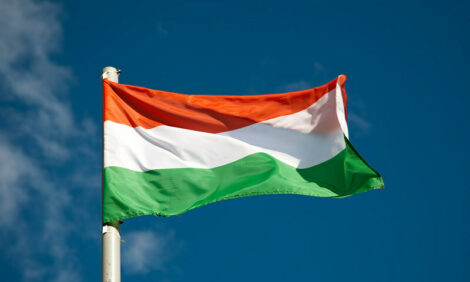



CME: Production Costs Rising For Hogs, Cattle
US - Hog costs were impacted only by higher corn and bean meal costs. Cattle feeders had to deal with more expensive roughages as well.With some trepidation about maybe causing confusion rather than clarity, we offer the charts at right as illustrations of just how important the sizable 2013 and, now, 2014 US corn and soybean crops are to livestock and poultry producers — and eventually consumers.
First, let’s address what the charts each indicate for their respective species. The top chart of average production costs in Iowa farrow to finish operations is based on our now familiar model using Iowa State University’s long running estimated returns series.
The impacts of biofuel driven corn prices from 2007 through 2011 are clear as costs rose from just over $50/cwt. to near $90/cwt., both on a carcass weight basis. The short crop of 2012 pushed those costs even higher before last year’s crop began to push costs lower.
This year’s apparent bin buster has pushed them lower still. Based on this morning’s future prices, those costs will be the lowest since 2009 in the coming year. The difference from 2013 to 2015 is 40 per cent.
That break in costs spells profits for producers in the short run but will eventually mean lower prices for consumers as pork output grows. The second chart shows average cost of gain for steers in Kansas feedlots surveyed each month by Kansas State University.
Note that this is not the total cost of producing fed cattle. It is just the average costs of the weight added to the animal while in the feedyard. This figure excludes the cost of the feeder steer which at present is record high.
But this is the portion of cattle costs that is directly and positively impacted by feed costs. Note that cattle costs of gain increased much as hog costs did in 2007-2010 but then grew much more in 2011-2013.The reason is the impact of the 2011 Texas Oklahoma and 2012 Midwestern droughts on hay prices.
Hog costs were impacted only by higher corn and bean meal costs. Cattle feeders had to deal with more expensive roughages as well. The bottom chart shows a model of total chicken costs for dressed birds without giblets which are commonly referred to as WOGs.
The feed efficiency advantage of chickens is apparent from the smaller increase of costs, in both absolute and relative terms, from pre 2007 to 2012. The greater importance of soybean meal shows up in the smaller costs declines relative to both other species since 2012.
The “confusion” we fear is if readers begin comparing the cost levels in these charts. On first glance, one might conclude that pork is the low cost product and that cattle costs are not much higher than the other two species. But you must remember that these costs represent very different endpoints.
The endpoint for the hog costs shown here is a hog carcass everything in one piece, skin on, no processing at all. The end point for chicken costs, though, is a dressed bird that can be sold to and used by a consumer in the exact form represented here.
There are many valueadded chicken cuts of course but the point is that this endpoint can be bought and used by a consumer — which is not at all likely to be true for the hog carcass represented by the top chart.
Finally, the beef chart, as pointed out earlier, is for cost of gain only. The chart on page two shows LMIC’s estimates of total costs that include both gain and feeder animals. And note that those LMIC costs are on a live weight basis. The carcass equivalent of that projected $175.61 cost in December is roughly $274/cwt.
TheCattleSite News Desk


